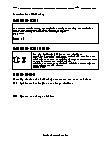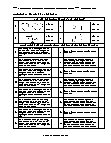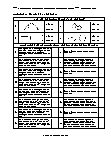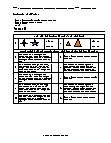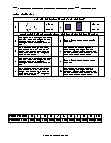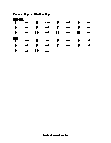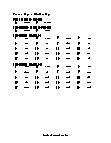Similarity Worksheets
What is Geometric Similarity? When we talk about geometric shapes, we talk about the two-dimensional shapes that we draw and mostly observe. Some geometric shapes also bear similarities among themselves. Geometric shapes are typically defined as the shapes that have the same shape but do not necessarily have the same size. Similar polygons are those that have corresponding congruent angles and the same ratios of corresponding sides. Two figures or shapes are similar if one figure or shape can be achieved by the single transformation of another figure. These transformations can include reflections, translations, rotations, and dilation. Similarity transformation is a type of transformation that has the same image or shape as the pre-image. A similarity transformation can be divided into categories, rigid and no-rigid transformation. Rigid transformation tells us the relationship between corresponding figures and the type of transformation, like rotations, translations, and reflections. Rigid transformation maintains the size and preserves the size of the shape even after transformations.
-
Basic Lesson
Guides students through the uses of similarity. The sides of a triangle are 4, 8 and 12. Find the length of the longest side of a similar triangle whose shortest side is 16. Shortest side of both triangle are 4 and 8. Both triangles are similar so ratio of each side will be same. Shortest side ratio 4/16 = longest side 12/x.
View worksheet -
Intermediate Lesson
Demonstrates the how to determine similarity. Are the following figures are similar. Object that have the same shape, but do not have the same size, are said to be "similar". Shown figure is same in height but shape are difference due un even thickness and height ratio. Ratio of all sides keep constant ratio of similar figure. These figure are not similar.
View worksheet -
Independent Practice 1
A really great activity for allowing students to understand the concepts of geometric similarity. Two sticks are leaned against a wall making same angle with the ground. The 15' stick reaches 12' up the wall. How much further up the wall does the 22' stick reach?
View worksheet -
Independent Practice 2
Students use Similarity in 20 assorted problems. The answers can be found below.
View worksheet -
Homework Worksheet
Students are provided with 12 problems to achieve the concepts of similarity.
View worksheet
Mathematician and an engineer are on desert island...
They find two palm trees with one coconut each. The engineer climbs up one tree, gets the coconut, eats. The mathematician climbs up the other tree, gets the coconut, climbs the other tree and puts it there. "Now we've reduced it to a problem we know how to solve."

